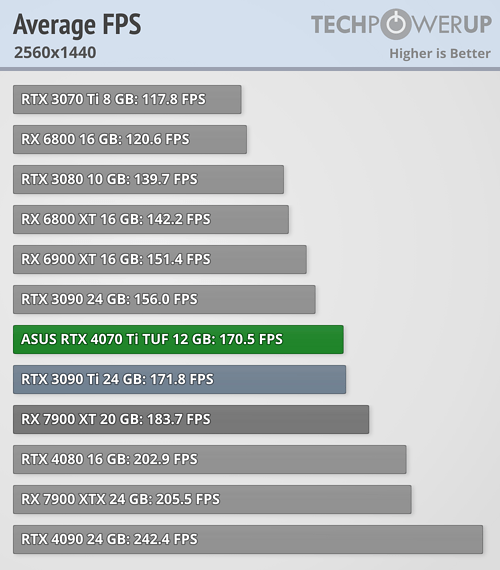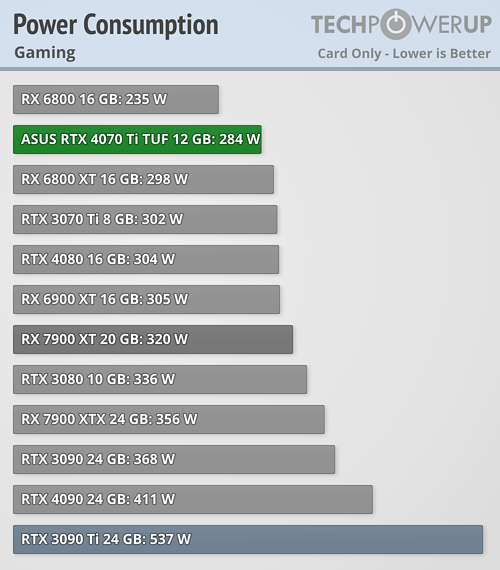Well if you look at price increases gen on gen it actually does track with wafer cost price increases. For TSMC, 12 inch wafer prices have more or less doubled in price every generation: N12 = $3,984, N7 = $9,346, and N5 = $16,988. So taking the 4070’s 295mm^2 die size yields 185 complete dies per wafer, N5 has a current defect density of 0.09 defects per cm^2 so only 141 of these 295mm^2 dies are usable, so price per 295mm^2 die using the N5 defect rate for the following process nodes using their respective wafer prices gives N12 = $28.26, N7 = $66.28, N5 = $120.48 per die. Calculating the price of the RTX 3070’s 392nm^2 die on $5600 Samsung 8N process wafers with a 0.22 defect per cm^2 rate yields 58 good dies. However, since the 3070 die is a partially disabled die, nvidia also uses the defective dies that only have defects in the cuda cores. So let’s assume 33% of defective dies can be used (this is most likely much higher but wanted to be conservative), that gives 84 usable dies for the rtx 3070 at $66.67 per die. All these costs are assuming minimum viable distance between dies (to prevent die damage during wafer cutting step) and no wafer area used for internal testing structures for QA purposes which are always present on production wafers, and perfect square die dimensions to maximize the number of dies that can fit on the wafer.
So as you can see, using similar die sizes between generations is a misinformed way of judging product cost. Given the ~40% margin Nvidia puts on dies they sell to GPU manufacturers, the price is $93.38 per die for the 3070, and $168.68 for the 4070, or $75.30 more. Add on the additional cost of 4 additional gigabytes of GDDR6X at the advertised $12 per GB before GPU manufacturer margin is added and the total cost increase for the 4070 die+4GB additional memory vs 3070 is $123.30 before GPU manufacturer markup and not taking into account additional VRM and pcb mounted components.
Thus it seems that, finally with lovelace, Nvidia is forcing GPU makers to reduce their markup percentage compared to the higher tier 4000 series cards.



